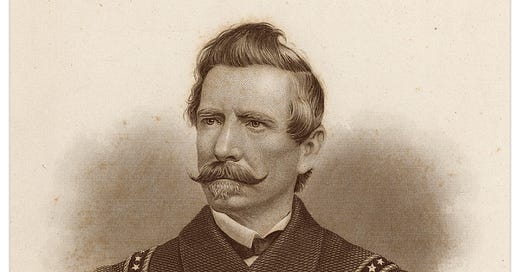“This burning ship was a beautiful spectacle, the scene being wild and picturesque beyond description. The black clouds were mustering their forces in fearful array. Already the entire heavens had been overcast. The thunder began to roll, and crash, and the lightning to leap from cloud to cloud in a thousand eccentric lines. The sea was in a tumult of r…





